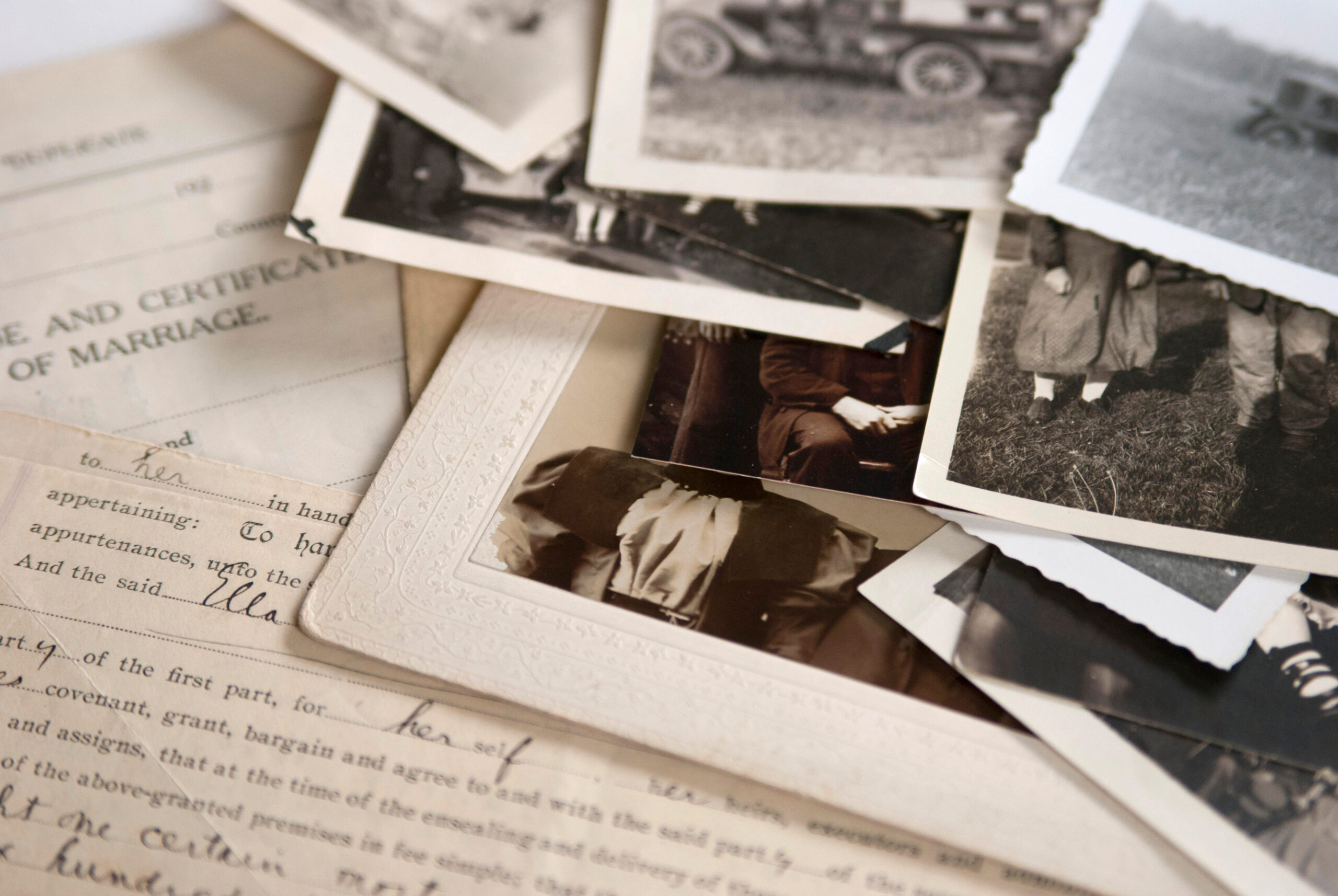Katie Steedly’s first-person piece [The Unspeakable Gift] is a riveting retelling of her participation in a National Institutes of Health study that aided her quest to come to grips with her life of living with a rare genetic disorder. Her writing is superb.
In recognition of receiving the Dateline Award for the Washingtonian Magazine essay, The Unspeakable Gift.
Enter your email here to receive Weekly Wide-Awake
Oral History

“Artists and scientists are activists. They look at the world as changeable and they look upon themselves as instruments for change. They understand that the slice of world they occupy is only a fragment but that the fragment is intrinsically connected to the whole. They know that action matters.” ― Anne Bogart, What’s the Story: Essays About Art, Theater and Storytelling
Full Circle
This oral history is a full-circle project. By full-circle, I mean my first “serious” writing experience, my master’s thesis almost thirty years ago, was an exploration of Anne Bogart’s Viewpoints (a theatre-based, critical performance theory) in a learning theory context. I talked with actors, directors, teachers, and students. I delved into the complicated conversation between theory and practice. History entered my work when I learned the conversation did not start and would not end with me. (An earth-shattering idea to a burgeoning scholar.)This project returns me to my roots, where I connect the arts and change, crafting a narrative whole from fragmented stories and selves and highlighting actions that matter.
My academic training and professional experience have focused on utilizing research to tell stories. Through dissertations and reports, books and articles, blog posts and essays, I have told stories. Through newsletters and travel writing assignments, policy briefs and curricula, podcast scripts and ghostwritten pieces, I have told stories. The practices of collecting and analyzing information and communicating the story that emerges from the twists and turns are the essence of oral history. Rigor stems from the back-and-forth and blurred lines between the author and the subject. The muddy waters of past, present, and future. The graceful movement of the writer’s gaze between body and text. The sound of the writer’s voice speaks poetry and prose. Beauty happens when light shines through the cracks, contour celebrates color and line, and gold mends the broken parts.
Having utilized qualitatively focused research methodologies to examine the education of children with disabilities, high school classrooms, arts organizations, local public health agencies, and more, I am prepared to pursue an oral history of the B. Mifflin Hood Brick Factory. My writer’s toolbox includes extensive experience conducting interviews and field work, interdisciplinary understanding of subject matter and content, and fierce curiosity.
Following the [Oral History] Rules: Paying Attention to McNeil and McCain (As They Pay Attention to Stein and Plimpton)
Choosing a subject
I have chosen my subject — B. Mifflin Hood Brick Factory — carefully. It anchors historical, political, and cultural narratives in relevance, significance, and context. My background as a researcher and teacher frames my interest in this story. Having spent significant time teaching writing in a men’s federal prison, I understand the connection between story, humanity, and justice. B. Mifflin Hood understood that same truth as he fought to end the brutal practice of
convict leasing. Living in Atlanta, across the street from the historic site, the subject sits outside my front door on a busy pedestrian thoroughfare — the Atlanta Beltline. It is front and center for me daily.
Be aware of plots and subplots
I discover plots and subplots in the B. Mifflin Hood Factory story every day. The plot centers of the work of B. Mifflin Hood and his effort to end the convict leasing practice. His successful business was bult on innovation and our interdependent humanity. The subplots of historical restoration as storytelling, political activism in cruel times, and art as resistance run through the B. Mifflin Hood Factory story.
History is always cause and effect
The B. Mifflin Hood Brick Factory received historical designation in 2018. That validates the notion that history is always a cause-and-effect relationship. The factory building, by its very presence, testifies to the importance of social history, industry, and commerce. I also hear a call to action to share the story and apply the lessons it embodies to build a more just world. The shadow of Reconstruction’s failures, and the promise of Progressivism, hangs over the United States today.
It’s not writing, it’s carving.
“I saw an angel in the marble and carved until I set him free.” This quote, attributed to Michelangelo, is a challenge to writers. I see angels in the B. Mifflin Hood Factory story. I ask questions of the people close to the story. Their generosity astounds me. My tools are ready to continue carving marble. I am learning the story and how to get out of its way and set the angels free.
The importance of slang, grammar, punctuation, and the integrity of the voice.
Carving leads to voice. The conversation between carving and voice ultimately involves the mechanics and muscle and precision of slang and grammar and punctuation. That means knowing the story so well the integrity of the voice is the heart of the work. The closer I am to my words, and the words of the people with whom I am talking, the better storyteller I am.
Suggestions for interviewing subjects.
I am knee-deep in conducting interviews, analyzing information, and writing up what I am learning. I am discovering more layers of my subject to discuss with established participants and new ones as well. Carving my way to the story’s angels.
About Katie

From Louisville. Live in Atlanta. Curious by nature. Researcher by education. Writer by practice. Grateful heart by desire.
Buy the Book!
The Stage Is On Fire, a memoir about hope and change, reasons for voyaging, and dreams burning down can be purchased on Amazon.





